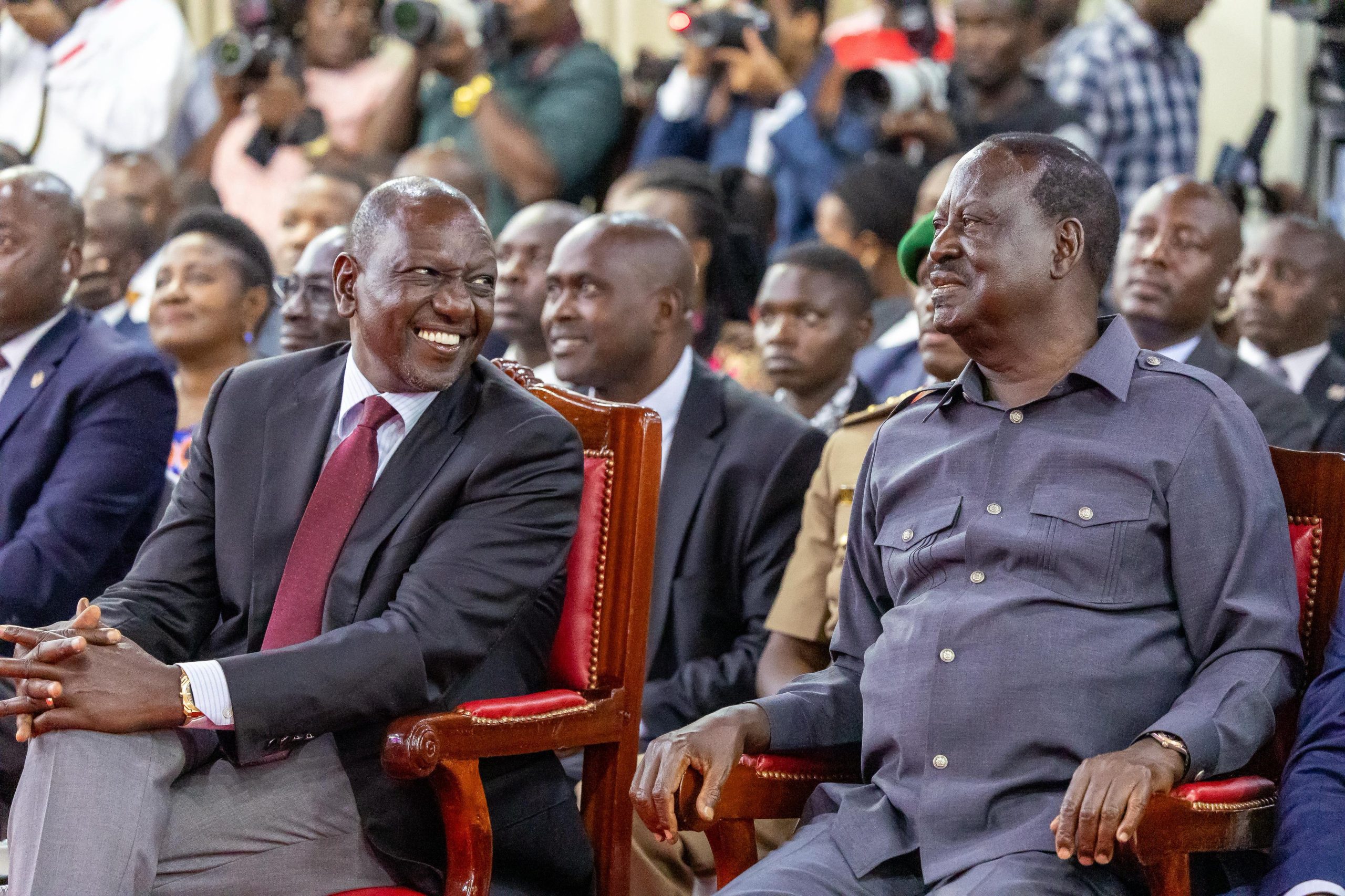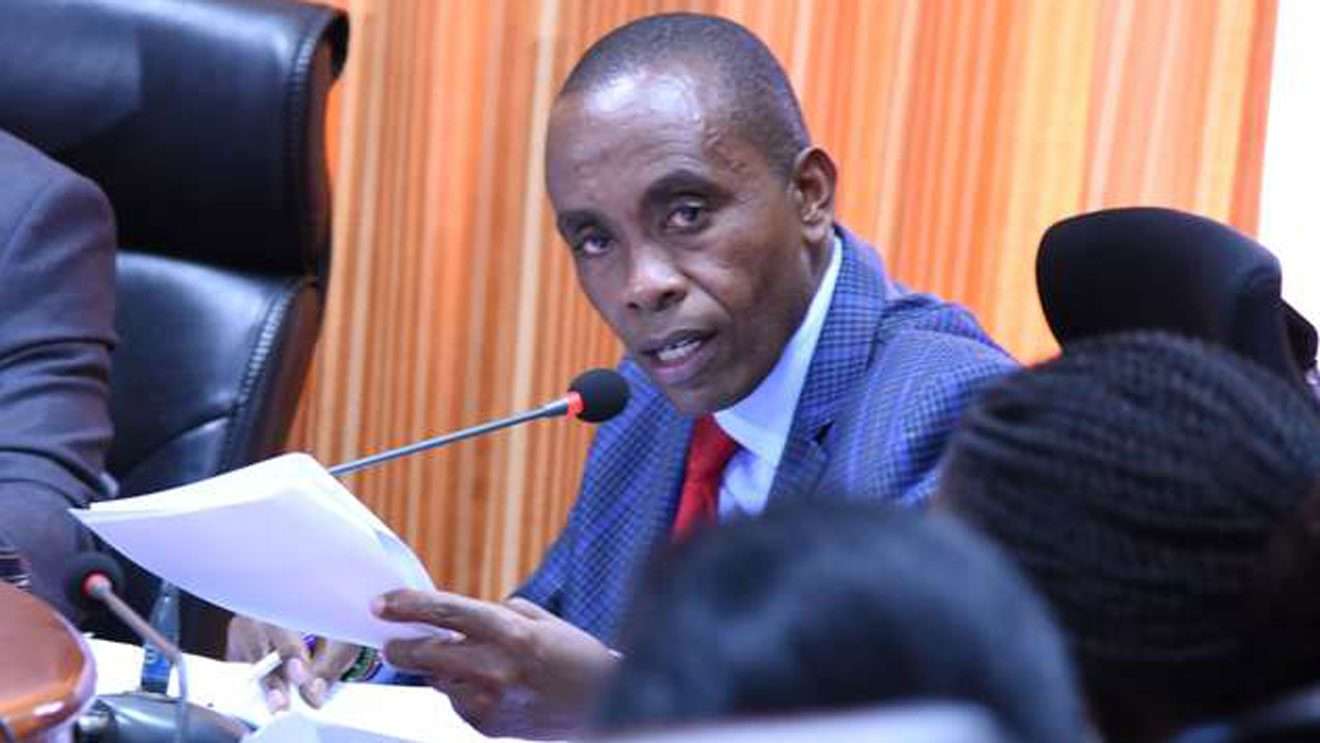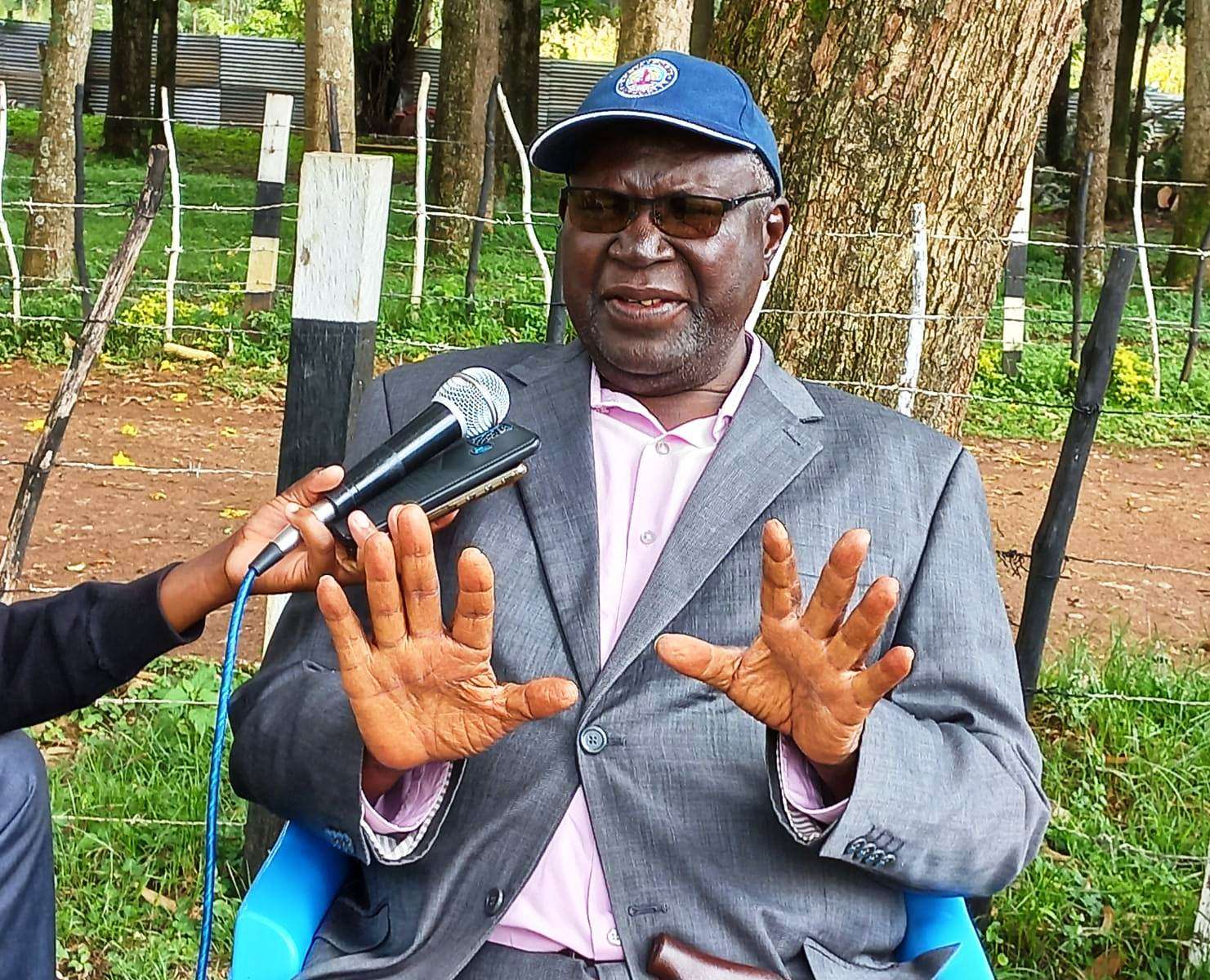During his 2022 presidential campaign, William Ruto promised the Kenyan electorate that, if elected, he would prioritise reducing the public wage bill by establishing a more efficient, lean government that would not place an undue burden on taxpayers.
However, upon assuming office, Ruto quickly departed from these commitments. He has made appointments that surpass those of his predecessor, Uhuru Kenyatta, whom Ruto had previously criticised for expanding the government through what he called superfluous positions created for political gain—a practice Ruto vowed not to emulate.
Many Kenyans were recently surprised when Ruto claimed that the government was already so large that there was no need to dismiss existing employees to accommodate new appointees. This statement attracted significant scrutiny, particularly in light of his decision to expand the executive branch by establishing seven new state departments—an action widely perceived as serving his political interests and those of ODM leader Raila Odinga.
In his most recent round of appointments, Ruto introduced seven new Principal Secretaries, a move that will inevitably increase the wage bill substantially. This shift from his earlier pledge of a lean government to his current expansion of the executive has sparked serious concerns among Kenyans, who fear that it will place additional strain on taxpayers already facing financial challenges.
Government Spokesman Isaac Mwaura struggled to offer a clear justification for the president’s decision. He argued that the Constitution does not impose a limit on the number of state departments the president can create and stressed that it falls within Ruto’s authority to establish new administrative units to help deliver on his campaign promises.
Nevertheless, the contrast between Ruto’s actions and his 2022 pledge for a streamlined executive has caused alarm. While he asserts that the government can accommodate all personnel within the executive, his expansion appears at odds with the assurances he gave voters during his campaign.
Before these recent appointments, Ruto’s administration oversaw 49 state departments, compared to 42 under President Uhuru Kenyatta. With the addition of seven new departments, Ruto now manages a total of 56 state departments, marking an expansion of 14% within his first term.
Analysts suggest that Ruto may be creating additional state departments to accommodate supporters of Raila Odinga as part of a Memorandum of Understanding between the two leaders. This arrangement is viewed as a strategy to ensure Raila secures an equitable share of government resources, further complicating Ruto’s position and intensifying public unease about the growing size of the government.





